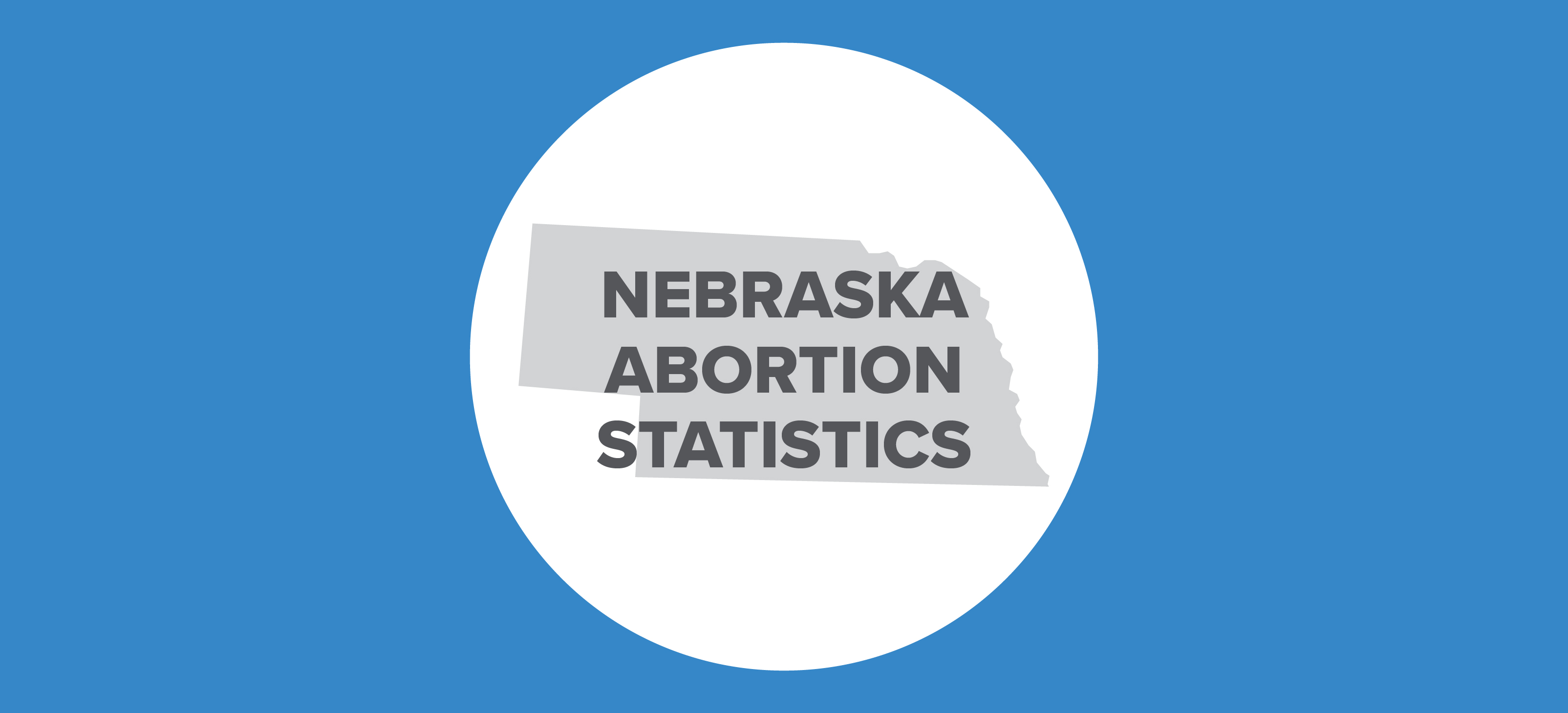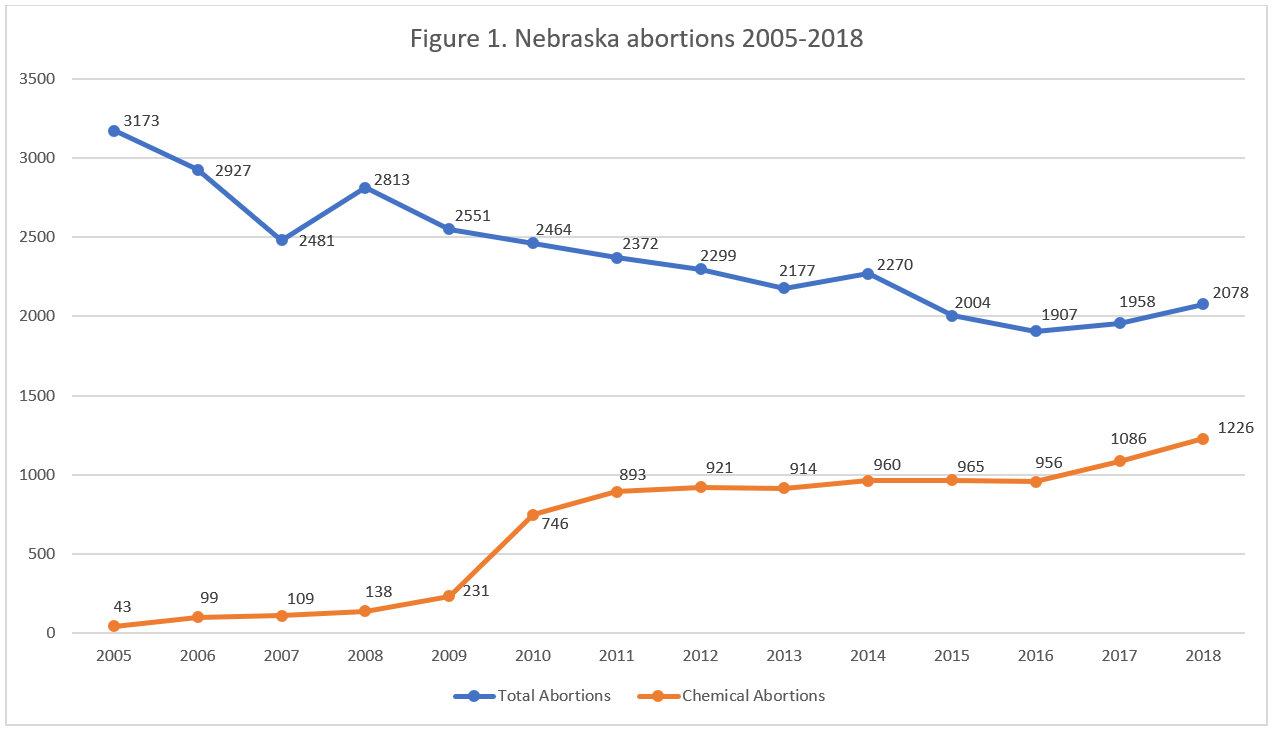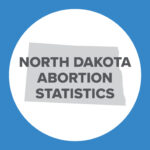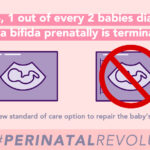Abortion Reporting: Nebraska (2018)

Nebraska’s 2018 abortion report shows that the number of abortions increased from 2017. The report was published by the Nebraska Department of Health and Human Services in June 2019.
Changes in Nebraska Abortions, 2017-2018

*Information on Planned Parenthood’s Nebraska market share is not publicly available.
Abortion Totals and Trends
In 2018, there were 2,078 abortions reported in Nebraska, up six percent from the 1,958 reported the previous year (Fig. 1). Chemical abortions increased by 13 percent from 1,086 in 2017 to 1,226 in 2018. Since 2001, chemical abortions in the state have risen by over 900 percent. Chemical abortions composed well over half of total Nebraska abortions in 2018 (59 percent). The Charlotte Lozier Institute estimates that Nebraska’s state abortion rate increased from 5.3 abortions per 1,000 women of childbearing age in 2017 to 5.6 in 2018, much lower than the national average (Fig. 2).
State Report Summary
A majority of the abortions reported in Nebraska in 2018, or 88 percent, were performed on Nebraska residents. Twelve percent were performed on women from other states, including eight percent on women from Iowa. More than half the abortions, 58 percent, were performed on women in their twenties. Twenty-seven percent were performed on women in their thirties and four percent on women age 40 or older, while 11 percent were performed on women ages 19 and younger, including 66 abortions performed on girls under the age of 18.
Nebraska reports information on the race and ethnicity of women who obtain abortions in the state. Women may select more than one race. Two-thirds of the abortions were performed on women who identified as white. Eighteen percent were performed on women who listed their race as African American, six percent on Asian women, and one percent on Native American women. Five percent were on women of other, unspecified races, and four percent were performed on women who did not report any race. Fourteen percent were performed on women with Hispanic ancestry, although the actual proportion of Hispanic women may have been higher because 79 percent of the women did not identify their ethnicity.
A majority of the women who obtained abortions in Nebraska had a high school education or more. Forty-two percent had completed high school, while almost a third (32 percent) had attended some college and 12 percent had a college degree. Nine percent of the abortions were performed on women who had not finished high school and four percent on women who did not report their level of education. Eighty-two percent of the abortions were performed on unmarried women, compared to 17 percent on married women and not quite one percent on women of unknown marital status.
Most women had experienced pregnancy before (live births, stillbirths, or abortions). Thirty percent reported this abortion as their first pregnancy, while 20 percent reported one previous pregnancy and 50 percent reported multiple prior pregnancies. Twenty-four percent had one prior live birth, and 37 percent had more than one. A fifth had one previous abortion, and 10 percent had two or more.
Almost half the abortions reported in Nebraska (46 percent) were performed at six weeks of gestation or earlier. Half a percent were performed earlier than three weeks, 17 percent at three to four weeks, and 28 percent at five to six weeks. Not quite a quarter (24 percent) were performed between seven and eight weeks, and 13 percent were at nine to 10 weeks. Eight percent were performed between 11 and 12 weeks and six percent between 13 and 15 weeks. Not quite 2.5 percent were performed between 16 and 19 weeks of gestation. No abortions were reported at or after 20 weeks of gestation. Nebraska was the first state to limit abortions at or after 20 weeks post-fertilization (approximately 22 weeks of gestation), when unborn babies are capable of feeling pain. In 2018, probable post-fertilization age was determined in advance of every abortion, but there were no pregnancies that had reached 20 weeks.
Two abortion complications were reported in 2018, although because Nebraska does not require doctors to report complications they encounter, complications were likely underreported.1 One abortion resulted in hemorrhaging and another caused a cervical laceration.
Nebraska is one of only a few states to report the physical characteristics of the babies killed by abortion. In 2018, 35 percent of the babies were 19 millimeters in length or less (approximately three-quarters of an inch). Sixteen percent were 20 to 49 millimeters (around 0.78 to 1.9 inches), and six percent were 50 millimeters (approximately two inches) or more. Forty-two percent of the unborn babies were not measurable. Eighteen percent of the babies weighed less than 100 grams (3.5 ounces). Not quite five percent weighed 100 to 199 grams (3.5 to seven ounces), and 0.6 percent weighed 200 grams or more. Seventy-seven percent of the babies could not be weighed.
In Nebraska, women who get abortions have the opportunity to share their reasons for choosing abortion. Women may select more than one answer. As in previous years, the most common reason for choosing abortion was lack of contraception use, given by 46 percent of the women. Contraceptive failure was the second-most common answer, selected by 16 percent of the women getting abortions. Seven percent of the women sought abortion for socio-economic reasons. In comparison, 52 women chose abortion because of their mental health (2.5 percent) and 56 women because of their physical health (2.7 percent). Twenty-one abortions were performed because of fetal anomaly (one percent), and 18 abortions were performed due to risks to the mother’s life (0.9 percent). Another 18 abortions were performed because of sexual assault, while two abortions were carried out because of incest (0.1 percent). Twenty-nine percent of the women undergoing abortions declined to share their reasons.
Chemical abortion was the most common method of abortion, used in 59 percent of the abortion procedures performed in Nebraska. Thirty-seven percent of the abortions were performed with suction curettage, and 1.5 percent were dilation and evacuation (dismemberment) procedures. Another 2.6 percent were dilation and extraction (D&X) abortions. Dilation and extraction is the method used in partial-birth abortions, in which the baby is partially delivered and then killed, although not every D&X procedure results in a partial-birth abortion. Nebraska’s 2000 law prohibiting partial birth abortions was challenged by a Nebraska abortion doctor who still operates an abortion center in the state. The law was struck down by the U.S. Supreme Court, but a similar federal law, the Partial-Birth Abortion Ban, was enacted in 2003. The Nebraska abortion doctor challenged the federal law, which was upheld by the Supreme Court in 2007. To remain in compliance with the Partial-Birth Abortion Ban, some doctors kill the unborn baby before beginning a dilation and extraction procedure. Nebraska’s abortion report does not indicate whether fetal demise was induced before any of these dilation and extraction procedures, and Nebraska’s abortion reporting form does not collect this information.
Before an abortion may be performed on a young woman under the age of 18, Nebraska requires that both the woman and a parent or guardian provide written consent. A young woman may obtain a waiver of the parental consent requirement if a court rules that she is mature enough to make the decision on her own or she is a victim of abuse. In 2018, consent was obtained in 73 cases, including one case in which an unspecified exception was made. There were 66 abortions performed on minor women in Nebraska in 2018.
The month of January had the highest number of abortions (212), and the month of September had the lowest (140). There was an average of 173 abortions performed each month.
Abortion Providers in Nebraska
Abortion provision has become concentrated in a small number of providers. Five doctors reported performing abortions in Nebraska in 2018, of whom two doctors performed almost 99 percent of the abortions reported in Nebraska.
Nebraska’s report divides physicians into three categories: those who performed fewer than 25 abortions, those who performed 25 to 1,000 abortions, and those who performed more than 1,000 abortions. Three doctors fell into the first category, together performing a total of 30 abortions, 1.4 percent of the state total. One doctor was in the second category, performing 844 abortions (41 percent). The fifth doctor fell into the third category with 1,204 abortions (58 percent).
Three abortion centers operate in Nebraska: Abortion Contraception Clinic of Nebraska in Sarpy County, Planned Parenthood’s Lincoln South center in Lancaster County, and Planned Parenthood’s Northwest center in Douglas County. In 2018, 844 abortions were reported in Sarpy County, 618 in Lancaster County, and 616 in Douglas County, suggesting that it is likely that Planned Parenthood performs well over half of the abortions in Nebraska.
State Ranking
In 2016, the Charlotte Lozier Institute ranked the 50 states, New York City, and the District of Columbia on their abortion reporting. Nebraska was ranked in the top 10 at ninth best. Nebraska reports the majority of the data it collects, but the Cornhusker State does not cross tabulate most of the data in its reports. By reporting the types of procedures performed at each week of gestation, or the race and age of women who obtain abortions, Nebraska could provide a more detailed analysis of the abortions performed in the state and of the characteristics of women who obtain them.


- Statistics on abortion complications reported here represent a minimal number of deaths and complications, as this data is collected in a non-systematic and non-verifiable way. As such, this data cannot be used to calculate either an accurate abortion mortality rate, nor an accurate abortion complication rate for the state.
- Starting with the 2018 abortion reports, abortion rates are calculated by the Charlotte Lozier Institute to allow for easier state-to-state and year-to-year comparisons. Rates were calculated by CLI using population estimates from the United States Census Bureau. The rates were calculated using the following formula: (total number of abortions performed in Nebraska ÷ number of resident women ages 15-44) x 1,000. Rates may differ slightly from previous CLI articles due to revised population estimates.


























